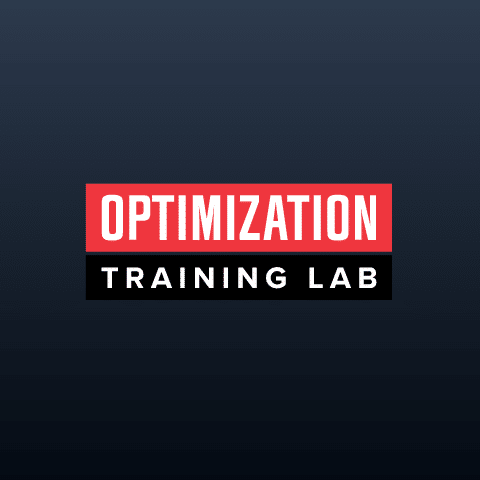We encourage you to move slow and controlled during your Quantified Strength Training Sessions. This email is to remind you of the WHY!
The “Big 4 Reasons” for moving slow are as follows:
- Effectiveness- slow controlled movement reduces momentum and allows for more continuous muscle tension and effective loading, therefore, producing better results.
- Efficiency- the continuous loading mentioned above also allows for more efficient and thorough inroading or fatiguing of targeted muscles. This allows for the creation of a training stimulus with less total volume of training and therefore more time efficient training. If you enjoy doing more reps and sets and spending more time “working out”,then this may not be of value to you. However, if you value your time and prefer to produce an effective training stimulus in an intelligent and safe way efficiently as possible, then moving slow should be of great value.
- Safety- in general, injury is caused during training when the force applied to the tissue (muscle, tendon, ligament, bone) exceeds the structural integrity of that tissue. Often times it is mistakenly thought that it is the load that causes injury. This is most often not the case. Injury most often occurs due to the manner in which someone attempts to to lift that load. If you attempt to jerk the weight or change directions quickly (accelerate) you are creating higher forces on the connective tissue even with lighter loads. This can be illustrated through the application of the simple physics formula where Force = mass x acceleration. One of the safest training methods which we will discuss in a future email is isometrics. For those of you who have performed isometrics utilizing our ARX technology you may have noticed that the mechanical loading can be very high. However, due to the absence of movement (more importantly acceleration) the stress on the joint is minimized. Vice versa, we have had several of our clients develop elbow tendinitis from playing pickle ball where the load is minimal but the acceleration is high. In Coach Bralean’s Speed training a huge emphasis is placed on teaching athletes how to accelerate as efficiently, effectively, and safely as possible. Acceleration is needed for sport performance and is also where most non contact injuries occur. It need not be a part of your strength training to derive benefit.
- Motor Learning and Mind/Muscle Connection- During our Quantified Strength Training sessions we encourage you to focus on training the muscle as the primary objective and moving the weight as the secondary. The science of motor learning dictates that when you are learning a new skill that you should first crawl, then walk, then run. Moving slow allows for a better connection to the muscles and empowers you to build awareness of potential form discrepancies during a movement. Proper form will allow for the engagement of the proper muscles and therefore enable better stimulation with less risk of injury. Moving slow is like watching movement performance in slow motion but at real time.
Sign Up For Your Free Quantified Strength Training Session Here!
